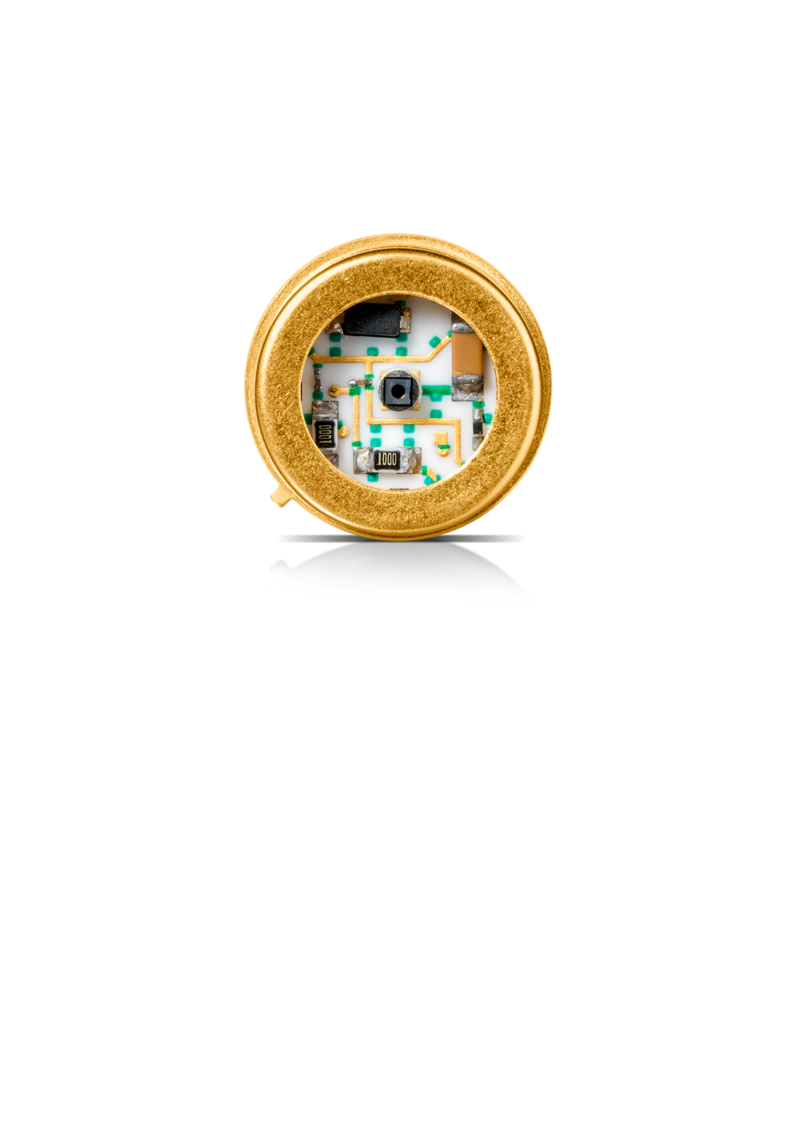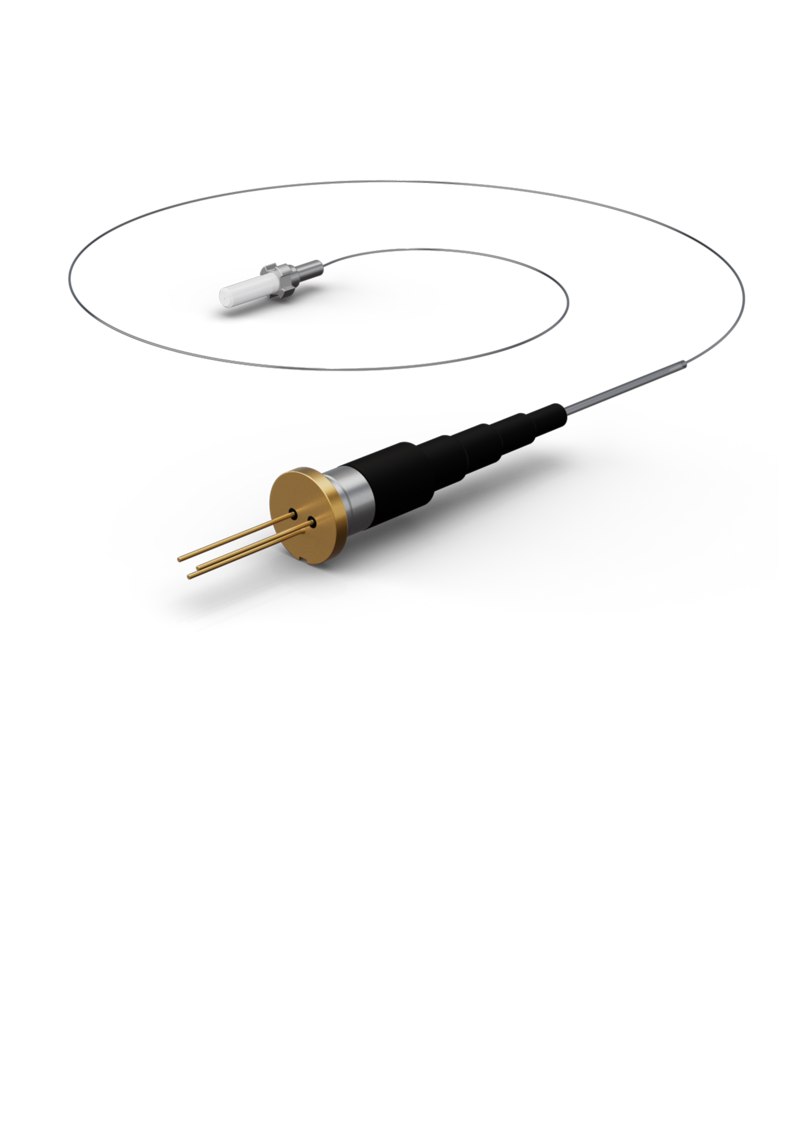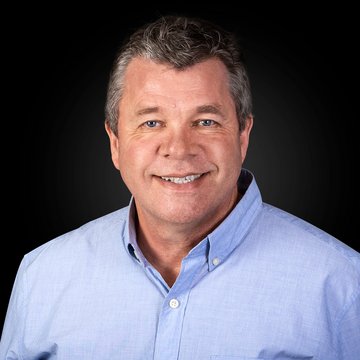Secrets in the Rainforest
Mexico and Central America are becoming increasingly popular tourist destinations. Crowds are not only drawn to the beaches of Acapulco and Cancun, but the old residential and cultural sites of pre-Columbian high cultures also attract millions of visitors to the region every year. The best known are the Aztecs, who ruled large areas of central Mexico at the time of the Spanish conquistadors. Relatively speaking, a lot is known about the Aztec culture – albeit mostly from the point of view of the conquerors. The Maya, who inhabited the densely-forested mountains and plains of what is now Mexico, Guatemala, Belize, El Salvador, and Honduras, seem much more mysterious to us. Unlike the Aztecs, their heyday was long past when the first Europeans set foot in the region. Everything we know about them today, archaeologists and anthropologists have laboriously compiled over the last 150 years from the remains of cities abandoned long ago. No wonder, then, that every discovery reveals new insights into the Mayan people.
Impenetrable Rainforest
Beyond Borders


Everyone has seen pictures of the temples and pyramids of Tikal. But if you have not visited it yet, it is hard to imagine how big the ruins really are. The national park in which it is located covers an area of 575 km². Most of it is covered in dense rainforest. Compared to the surrounding Mayan biosphere reserve, however, this is only a small blob. This huge nature reserve in the northern part of the province of Petén covers 21,000 km². Together with the adjacent biospheres in Mexico and Belize, this results in an impenetrable and protected rainforest the size of Brandenburg.
It has long been suspected that the dense vegetation hides further remains of Mayan civilization, but the search for them has proven difficult. In the days of Indiana Jones, when researchers still struggled through the thicket with a machete, it was often pure luck when they came across old buildings. Many a ruin may have gone undiscovered because an expedition missed it by just a few hundred meters. Of course, more state-of-the-art methods have been available for a long time; for example, aerial photos. However, even photos of the region do not reveal much more than a dense ceiling of treetops. It was not until the application of laser technology that it was possible to look through the trees.
Complex Aerial Measurements
Beyond Borders
Light detection and ranging (LiDAR) uses laser light to measure distances. When the laser pulse hits an obstacle, the reflected light is detected by a detector. The exact distance to the obstacle can be calculated from the time between the emission of the pulse and the arrival of the returning light, which is referred to as time of flight (ToF) in technical jargon. This principle is familiar to every DIY enthusiast who has measured his home with a laser rangefinder before. This technology is also used in obstacle detection during autonomous driving or with self-piloting drones (Photonics News #80, pp. 8-12). One of the great advantages of LiDAR is its high resolution: Compared to other technologies, laser-based systems operate with very short wavelengths and can, therefore, record considerably more details.
To create a digital elevation profile, the laser scans the landscape from an airplane or helicopter. Several thousand pulses are sent every second. In addition to LiDAR, two other technologies are used to determine the exact elevation profile: A satellite-supported GPS constantly records the exact geographical position of the aircraft so that the LiDAR measurements can be located later on the map. This happens in all three dimensions because the exact flight altitude naturally has a crucial influence on the ToF result. In addition, an inertial measurement unit (IMU) – essentially a gyroscope – measures the various angles of inclination of the aircraft since these directly influence the path length of the reflected laser beam.
Trees Are Essentially Removed
Beyond Borders


In trees and other plants, an effect occurs that is particularly useful in laser cartography. Unlike buildings or rocks, leaves do not reflect all light. One part penetrates the leaves and continues to move towards the ground until it hits the next “obstacle” and so on. Thus, it can happen that the same light pulse is reflected several times – each time with lower intensity and of course with continuously increasing ToF. All these reflected signals can be assigned later to the original pulse. The result is a three-dimensional image of the tree – or even of an entire forest.
Using complex algorithms, a computer can virtually remove vegetation from the landscape profile identified. What remains is a detailed model of the bare floor. The Maya researchers were surprised at how much new knowledge they were able to gain from the LiDAR data. The surface structures showed that hundreds of years ago houses, high roads, and fields once existed where the rainforest now grows. Until recently, it has been assumed that the hinterland of the Mayan cities was sparsely populated. Now the archaeologists know better: The metropolises were closely interlinked.
New Discoveries Everywhere
Beyond Borders


Not only in Central America does laser technology provide new insights into the past. On Glauberg in Hesse, archaeologists were of the opinion that they had already discovered all traces of its millennia-old settlement history. LiDAR investigations proved them wrong: They accounted for about a dozen potential sites. Approximately half of them have now been examined – all of which were burial mounds. Their colleagues in Guatemala are far from that. They must first evaluate and analyze all data. It, therefore, remains very exciting.
APDs and PLDs for LiDAR Measurements
Beyond Borders
Pulsed laser diodes in the near IR range are commonly used in LiDAR cartography. Avalanche photodiodes (APDs) detect the reflected laser pulses. At our facilities in Canada and the USA, we manufacture both components in order to equip LiDAR systems for a wide variety of applications – not just archaeology.

Click here
Downloads
Beyond Borders
LASER COMPONENTS USA - Your competent partner for optical and optoelectronic components in the United States.
Welcome to LASER COMPONENTS USA, Inc., your expert for photonics components. Each product in our wide range of detectors, laser diodes, laser modules, optics, and more is worth every Dollar ($/USD). Our customized solutions cover all conceivable areas of application: from sensor technology to medical technology. You can reach us here:
116 South River Road
Building C
Bedford, NH 03110
USA
Phone: +1 603 821 7040
Email: info(at)



























